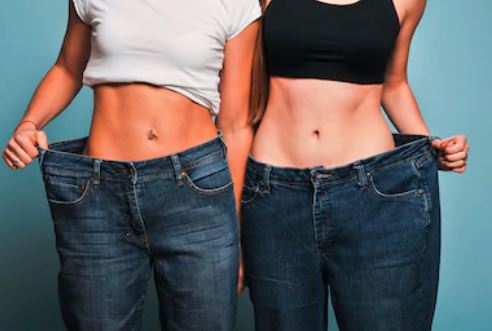Carbs are not the root
of all evil
In reality, carbohydrates are your body’s
main source of fuel, and exercisers need plenty of them. Nutritious foods such
as fruits, veggies, whole grains, and beans are all high in carbs. Of course,
so are white rice, Twinkies, and soda, so you need to be careful. Sports
nutritionists recommend that between 50 percent and 70 percent of calories
should come from nutritious carbohydrates, also known as complex carbs.
Picking whole grains over refined grains
Whole grains include whole wheat, brown
rice, oatmeal, wild rice, Bulgar, and quinoa. You can easily find whole-grain
pasta, bread, and cereals in most supermarkets and they are perfect for your
diet. Be sure to buy bread that is actually labeled whole grain or whole wheat.
Don’t be tricked by products labeled multi-grain, stone-ground, 100% wheat,
cracked wheat, 10-grain, or bran, as they are usually not whole-grain products.
Whole grains are high in fiber, so they’re
digested and absorbed more slowly than refined grains, keeping you fuller
longer than the carbs in cookies, crackers, and sodas. They also may keep
blood-sugar levels down, triggering slower, smaller releases of insulin, and
allowing the body to burn carbohydrate calories more efficiently over several
hours rather than quickly storing them as body fat. Refined grains seem to do
just the opposite, causing carbohydrate calories to be shuttled to the fat
cells for storage.
Getting enough fiber
Most Americans eat just 12 to 17 grams of
fiber per day — half of the 25 to 35 recommended. Fiber, found only in plant
foods, is valuable for weight control because it’s not digested. It comes in
two varieties: soluble and insoluble. Soluble fiber, like the kind found in
oats, nuts, and seeds, helps regulate blood sugar and cholesterol; insoluble
fiber, found in fruits and veggies, moves bulk through the intestines, keeps
you regular, and may reduce the risk of colon cancer.
Fiber-rich foods fill you up, but fiber
itself doesn’t provide calories because it doesn’t get into your bloodstream.
High-fiber foods tend to be low in calories, so you can pile your plate full of
beans and veggies without packing on pounds.
Limiting added sugar
About 20 percent of the total calories in a
typical American diet come from added sugars, including sweetened drinks,
candy, cookies, yogurt, and pastries. Sugary foods tend to be really high in
calories and quite low in nutritional value. We don’t think it’s realistic or
necessary to cut out all sweet treats — it’s important to satisfy cravings so
that you don’t go on binges. On the other hand, there’s a massive amount of
sugar in the food supply, and we suggest scrutinizing food labels to choose
foods with minimal amounts of added sugar. Much of the sugar is hidden in foods
you wouldn’t suspect to have large doses of added sugar, including many pasta
sauces, ketchup, crackers, and yogurts.
Read food labels carefully and find out
where you’re getting most of your refined sugar. Some name-brand breakfast oats
are in excess of 42 percent sugarcane-brand breakfast cereals are more than 42
percent sugar. Flavored yogurts are loaded with sugar, too. Be aware that sugar
goes by other aliases, including corn syrup, honey, maple syrup, maltodextrin,
sucrose, and others. Sugar is sugar.
When you do choose sweet treats, we recommend
going for smaller doses of real sugar rather than artificial sweeteners. Though
some sweeteners — Splenda, for example — seem to be perfectly safe, evidence
suggests that artificial sweeteners don’t actually help with weight loss.











No comments:
Post a Comment